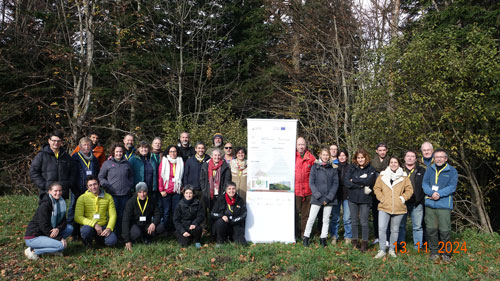The carbon footprint of research infrastructures challenges the environmental responsibility of INSU laboratoires
To limit global warming to less than 2°C, it is necessary to radically reduce current greenhouse gas (GHG) emissions. Scientists should also participate in this effort as part of their professional activity, particularly specialists in Earth and environmental sciences, in order to preserve their credibility and set an example. This requires detailed estimates of the GHG emissions associated with the activities of scientists, here measured by the carbon footprint of laboratories. In particular, the footprint of large international research infrastructures (satellites, scientific vessels, etc.) had been little studied until now.
Read more on the CNRS Terre & Univers website (in French)
Contact GET: Odin Marc









